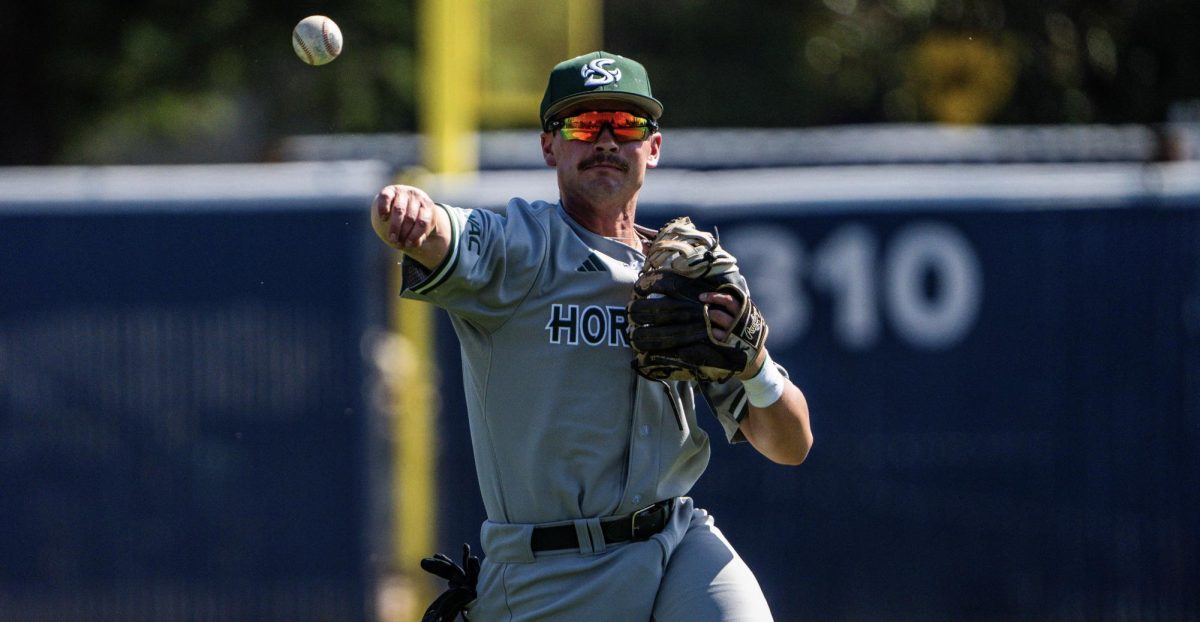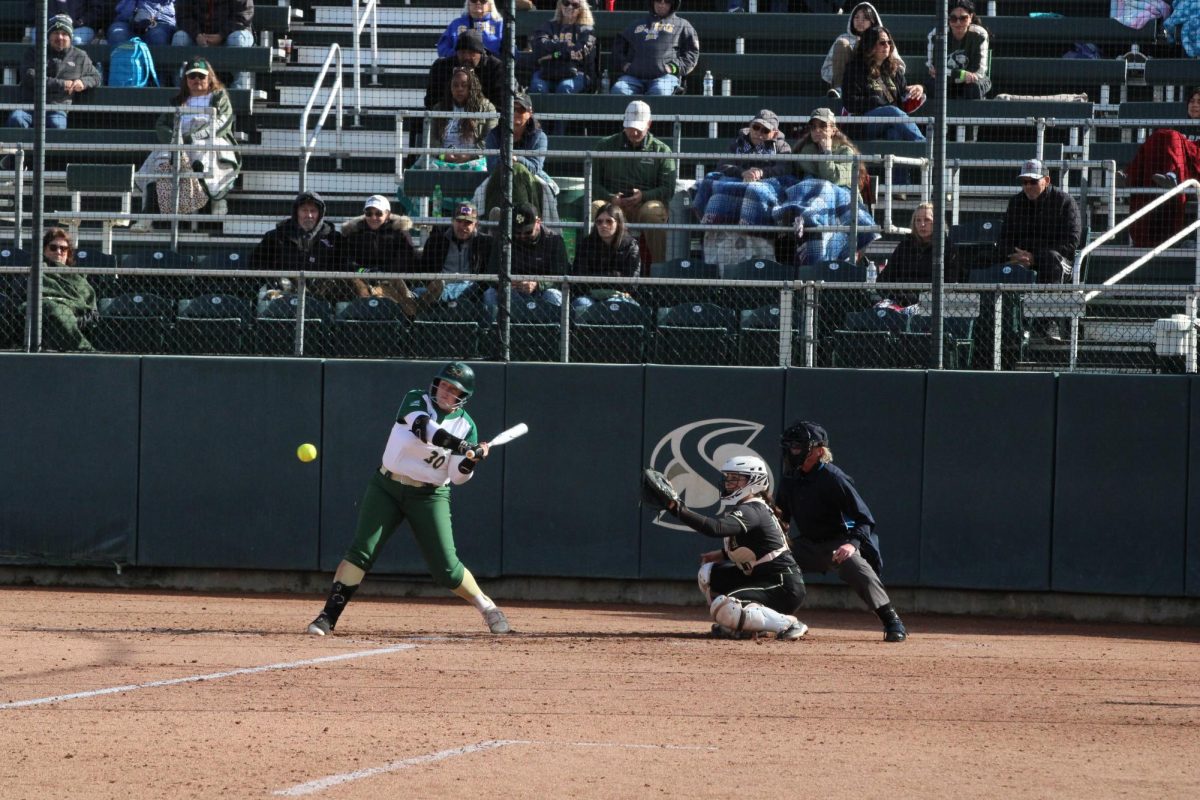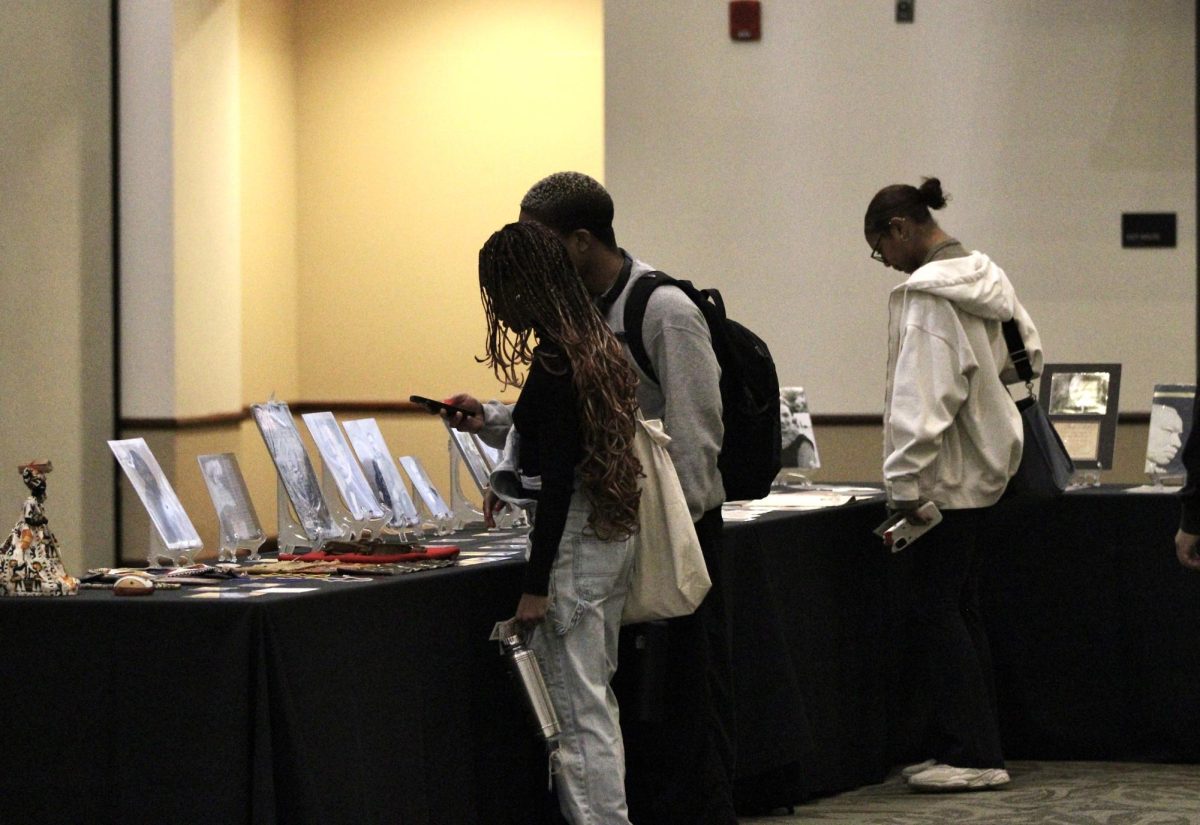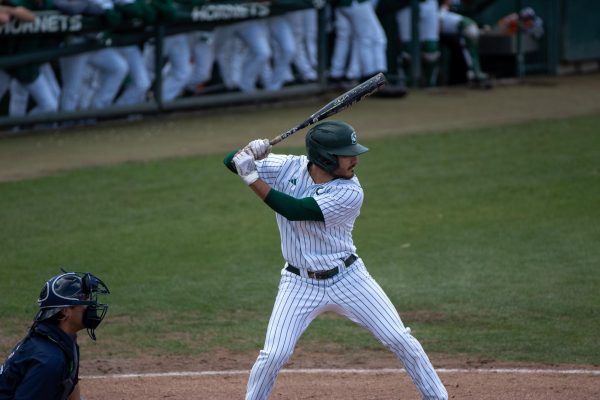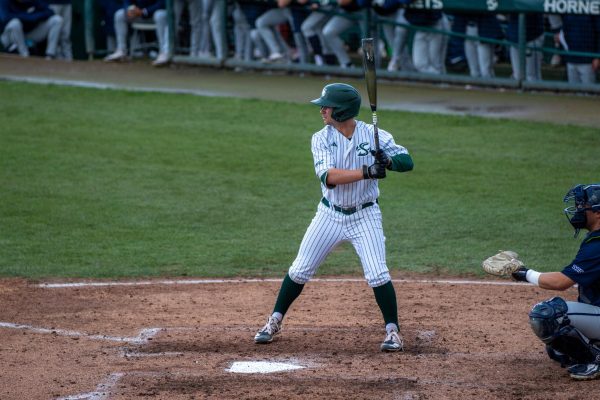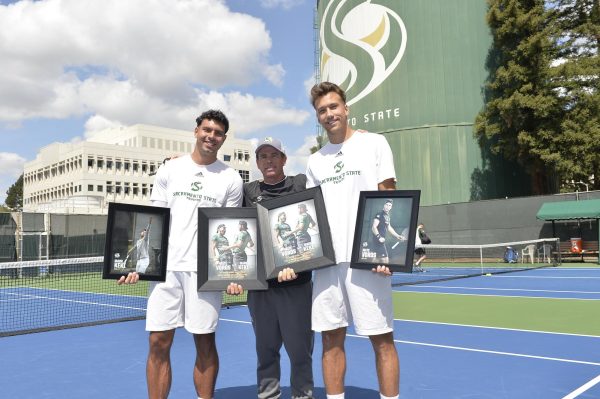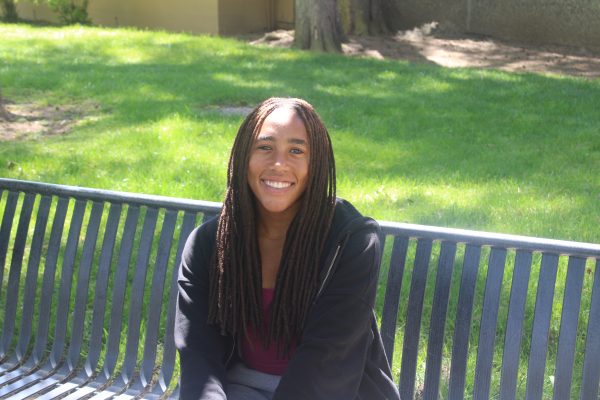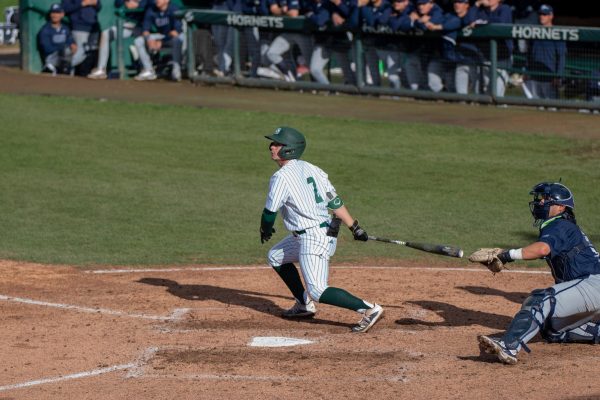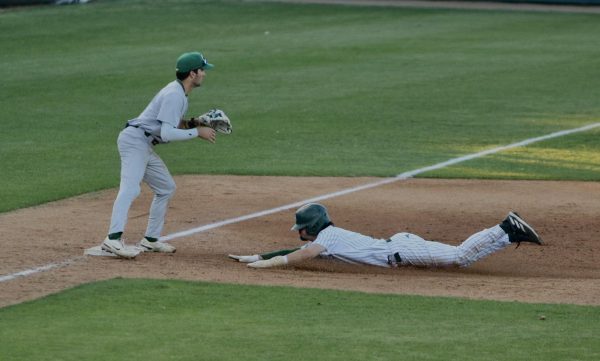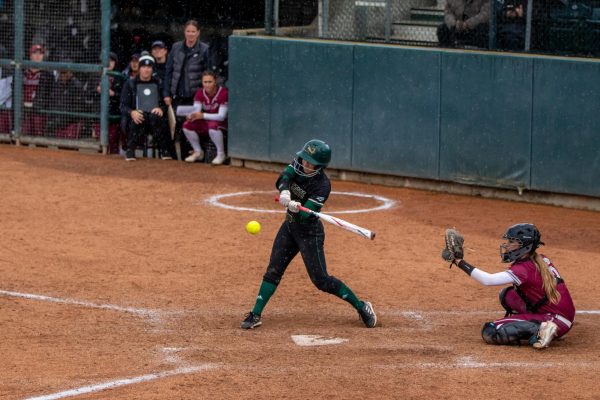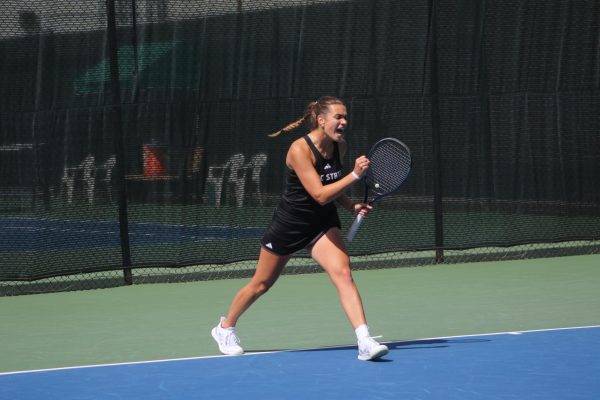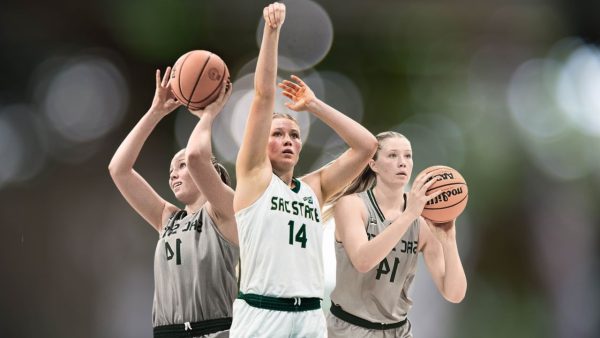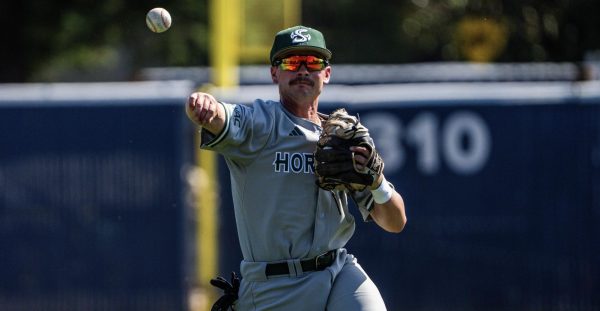Women’s tennis using diversity as training tool for life lessons
March 22, 2016
Diversity at Sacramento State is greater than ever, and the women’s tennis program is one of the numerous teams on campus that reflect this reality; using their diverse backgrounds to enhance their educational experience.
According to a fall 2015 campus study on enrollment by ethnicity and gender, 70 percent of students on campus are non-white, with 56 percent of the school population being female.
The Hornets’ lineup is 81 percent international; the players come from different backgrounds, cultures and places all throughout the world, including three of the seven continents.
Junior co-captain Alina Soltanici, a native of Chisinau, Moldova, has witnessed this assortment first hand on the tennis courts and even in the classrooms as well.
“Literally every class has a bunch of international people from all over the world. All the continents like Asia, Australia, Europe, South America and everywhere,” Soltanici said. “It’s pretty interesting because you get to learn their culture, a little bit of their language and you get to know their traditions. You’re also getting diverse yourself because you’re learning something new.”
Gaining knowledge about each other and learning in the classroom has been one Sac State’s strongest points this season as the team combined for a grade point average of 3.5 in the fall 2015 semester, which leads all sports teams on campus and is the highest term GPA recorded in women’s tennis program history.
Senior co-captain Jennifer Ong, a two-time Big Sky All-Academic award winner and native of Australia, credits the diversity within the school and team for creating an atmosphere of comfort and competition.
“Throughout my time at school and in my classes, there’s been a whole range of different types of people and diversity, and it’s been great to interact and get to know how to communicate with different cultures and different backgrounds,” Ong said. “Coming into this team there was girls from all over the place, and it’s great because it kind of puts us into a similar boat because when we first come here we don’t know the environment and we’re all getting used to it.”
However, junior teammate Deimante Bulatovaite of Kaunas, Lithuania is also aware of the challenges that can arise from diversity and the benefits that come when teammates get on the same page.
“It’s interesting to learn from each other, but it’s also challenging at a certain point because we need to be open minded. You can’t judge people. Maybe they see things from different views,” Bulatovaite said. “It’s nice that there’s a lot of diverse people. I think it prepares us for the future and what might come next in the hard situations of life.”
Soltanici, a former Big Sky All-Academic member and Intercollegiate Tennis Association scholar athlete, also recognizes the obstacles that present themselves with a team comprised of girls from all over the globe.
“It’s not always perfect because we all have different personalities. Some of us have a different education, different mentalities and different views,” Soltanici said. “I think me and [Ong] as captains have the role of trying to put all the girls together as a team and get them to work hard because we’re here to play tennis and work hard and win as a team.”
The women’s tennis team has even taken to teaching each other their native languages in an effort to better understand each other and have fun while doing so. Soltanici has passed on some words of Russian to her teammates and even picked up a few Spanish words from sophomore Ana Loaiza Esquivias of Mazatlan, Mexico.
“It’s pretty cool because we can all relate to each other since we come from all parts of the world. It’s also hard sometimes because we have different cultures and everything,” Loaiza Esquivias said. “We can sometimes clash, but it’s good, we’re all related in that way. I like being international students and being an international team. It’s different.”







































